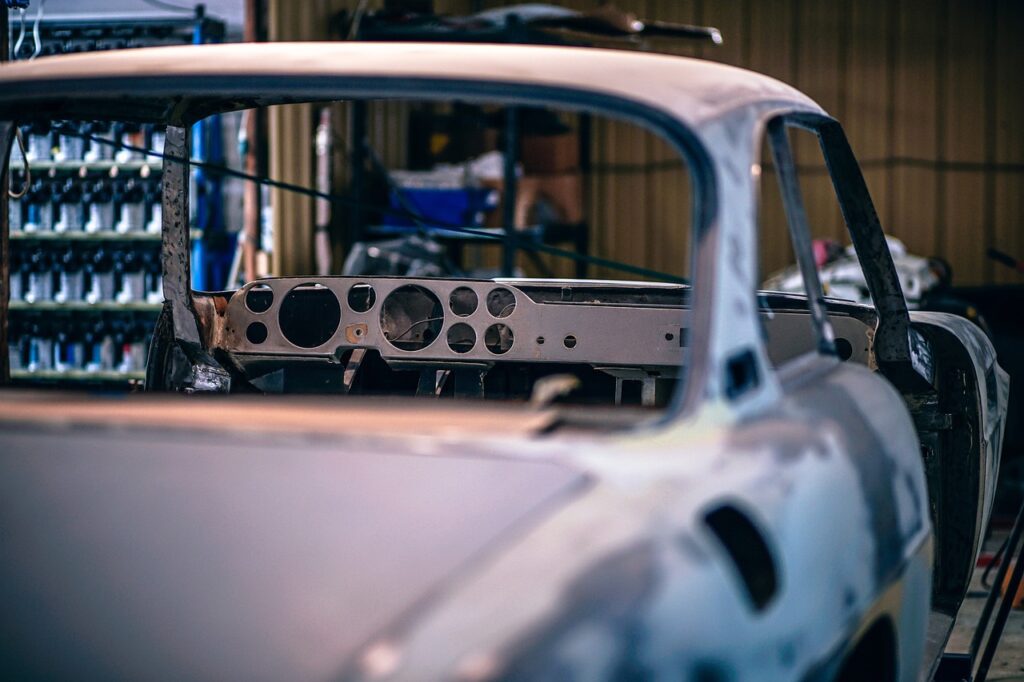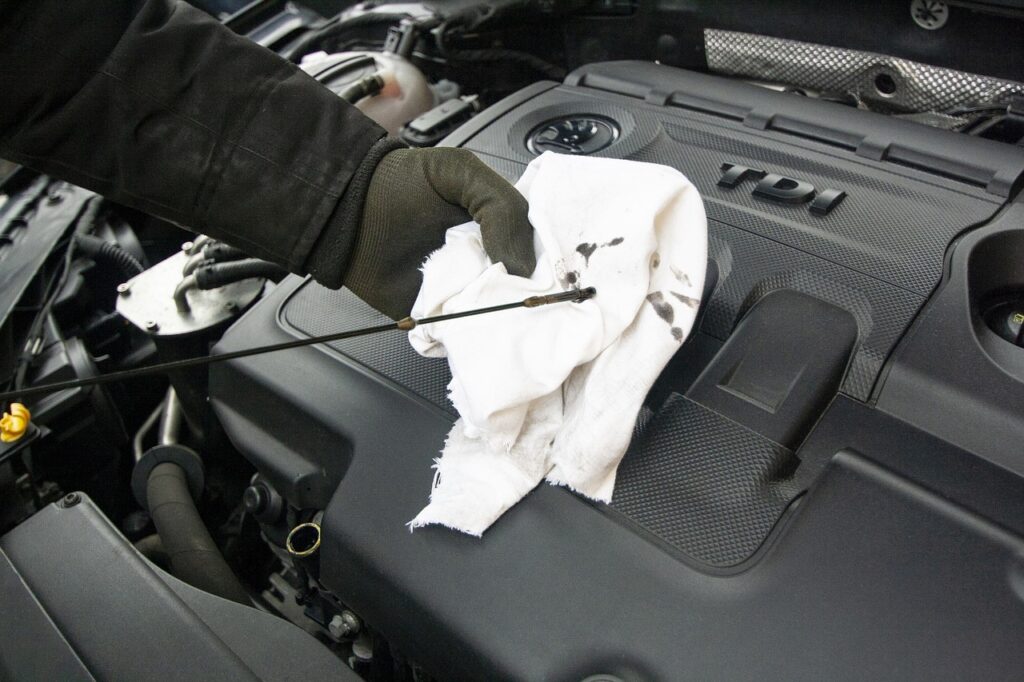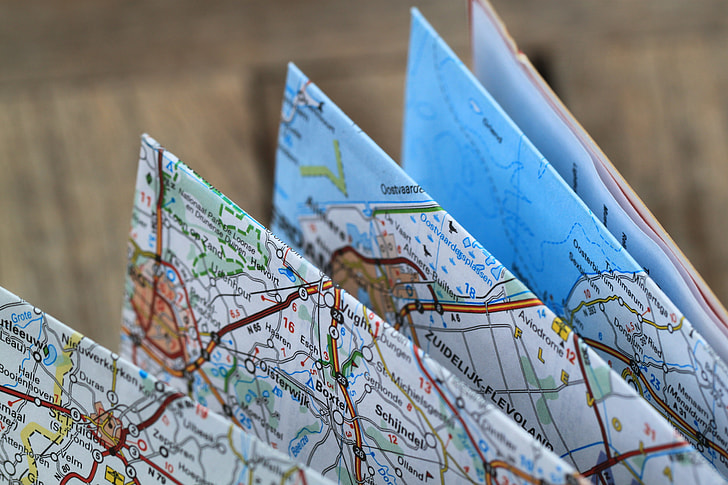There’s a sound that sends shivers down every car owner’s spine – the rapid-fire drumming of hailstones against metal. It’s the dreaded symphony of impending damage, signaling an urgent need for protection. Destructive hailstorms are no longer rare occurrences; they’re a growing threat causing billions of dollars in annual damage to property, including our cherished automobiles. Even small hailstones, traveling at speeds up to 25 mph, can inflict noticeable dents on your vehicle’s roof and hood, leading to significant repair bills and a heap of car insurance headaches.
While comprehensive car insurance typically covers hail damage, navigating claims can be a lengthy and frustrating process, especially with deductibles to consider. Fixing a few minor dings might even cost less than your policy’s deductible, leaving you to shoulder the expense out-of-pocket. This reality underscores a crucial point: prevention is not just better than a cure; it’s often the more practical and financially sound approach. Being prepared means you can save yourself not only money but also the invaluable peace of mind that comes from knowing your vehicle is secure against the elements.
This in-depth guide is designed to empower you with practical, actionable steps to shield your car from hail’s icy assault. We’ll explore 15 simple yet effective strategies, from leveraging existing shelters to employing clever DIY solutions and investing in specialized protection. Our goal is to make complex topics accessible, providing you with expert tips and solutions to safeguard your vehicle, ensuring it remains in top condition even when the weather turns nasty. Let’s dive into the first seven essential ways you can protect your car when hailstorms threaten.
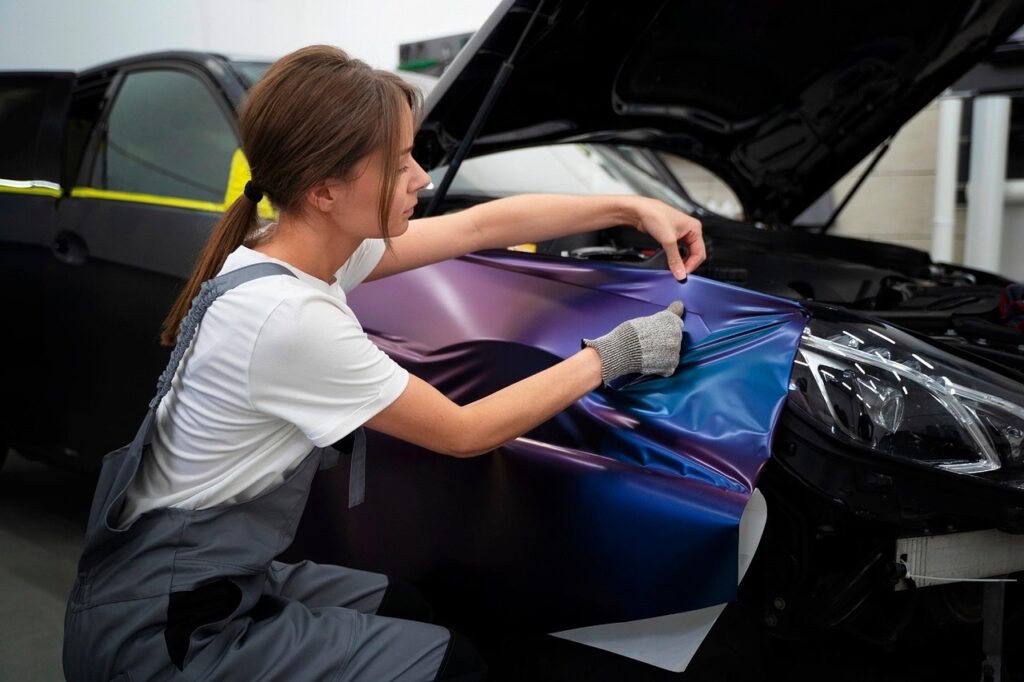
1. **Utilize Garages as Your Primary Hail Fortress**When it comes to protecting your car from hail, parking inside a garage at home stands as the undisputed champion. A garage offers complete, all-around protection from falling hailstones, irrespective of their size or the storm’s intensity. It completely eliminates direct impact, shielding your vehicle’s metal panels, paint, and glass from any potential damage. This ideal scenario removes all guesswork and improvised solutions, providing a safe, predictable haven for your car.
The challenge, however, often lies in accessibility. Not every driver has a garage, and even those who do sometimes find it cluttered with storage, making it difficult to park a car inside quickly. This highlights the importance of proactive garage organization. Moving boxes, tools, and other items to the sides, stacking vertically on shelves, and utilizing hooks for bikes or ladders can free up invaluable floor space. A clear and clean garage floor ensures that when a storm warning hits, you can swiftly and easily move your vehicle to safety without any hindrance.
Keeping your garage optimized for vehicle parking isn’t just about convenience; it’s a strategic defense against potential financial burdens. By consistently maintaining clear access, you ensure that your primary line of defense is always ready for deployment. This simple habit can prevent costly repairs that range from minor cosmetic dents to shattered windshields and extensively chipped paint, preserving your car’s aesthetic integrity and resale value for years to come.
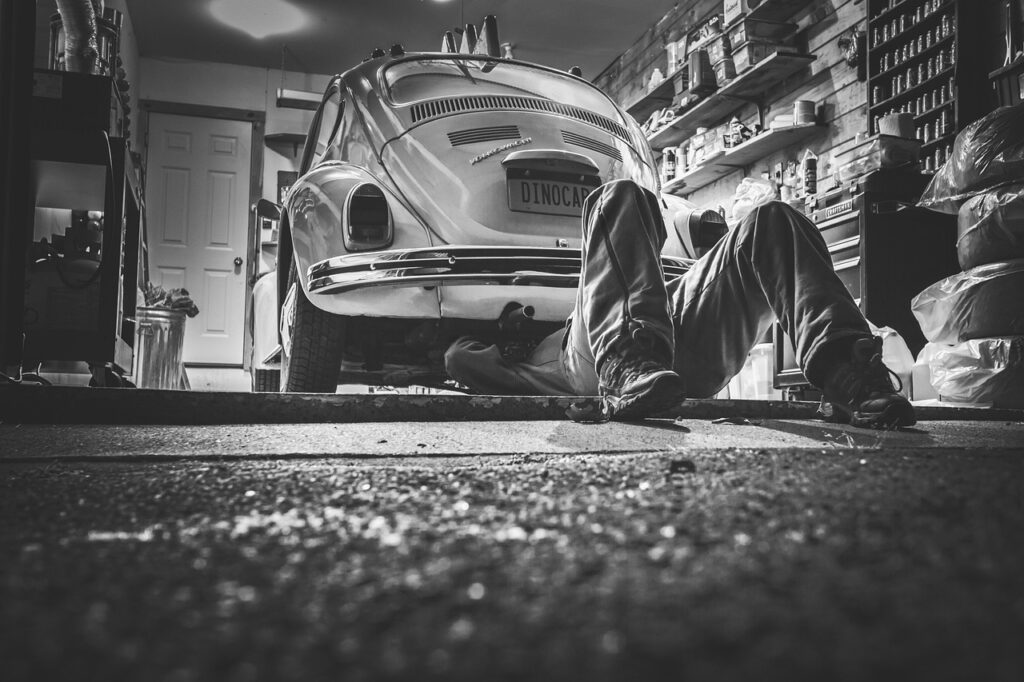
2. **Embrace Carports for Consistent, Convenient Shelter**For those without a fully enclosed garage, a carport emerges as an excellent and highly effective alternative for hail protection. A carport provides a simple yet sturdy overhead shelter that guards your vehicle from hail, rain, and even harsh sun exposure. While not offering the enclosed security of a garage, its fundamental purpose is to deflect direct overhead impacts, which account for a significant portion of hail damage, especially to the roof and hood.
When considering a carport, the choice of materials is important. Strong, durable materials like metal or wood ensure the structure can withstand the force of severe hailstorms. Crucially, make sure the carport is large enough to comfortably accommodate your vehicle, extending beyond its footprint to offer maximum coverage. Some carports are designed for easy assembly, with kits readily available at hardware stores, making them a practical DIY project for homeowners looking for a reliable, permanent solution.
Investing in a carport is a proactive step that pays dividends in protection and peace of mind. It acts as a consistent barrier against falling ice, significantly reducing the likelihood of dents and dings without the need for last-minute improvisation. By providing a dedicated, covered space, a carport helps maintain your car’s condition, safeguarding its appearance and value while offering a convenient everyday parking solution that’s always ready for inclement weather.
3. **Seek Immediate Overhead Protection at Gas Station Canopies**Hailstorms don’t always wait for you to be safely parked in your driveway; they can strike with little warning while you’re out running errands or commuting. In such sudden scenarios, quick thinking and locating immediate overhead protection become paramount. Gas station canopies, often robust and widely distributed, offer a readily accessible emergency shelter. Their primary function is to shield pump areas from weather, and they can serve the same purpose for your vehicle during an unexpected hailstorm.
The key here is speed and situational awareness. If you receive a sudden weather alert or notice the sky turning ominous, seeking out the nearest gas station can provide crucial temporary respite. Pulling your car under the canopy, even if just for a few minutes, can prevent significant damage during the peak of a short but intense hailstorm. It’s not a permanent solution, but it’s an effective stopgap that leverages existing infrastructure to your advantage.
While utilizing a gas station canopy for shelter, remember to prioritize safety. Be mindful of other vehicles and pedestrians, and ensure you’re not blocking essential access. This tactic is about quick, reactive protection when you’re caught off guard. It underscores the importance of having a mental list of potential emergency shelters along your frequently traveled routes, allowing you to act swiftly and minimize your car’s exposure to the elements when a sudden storm brews.
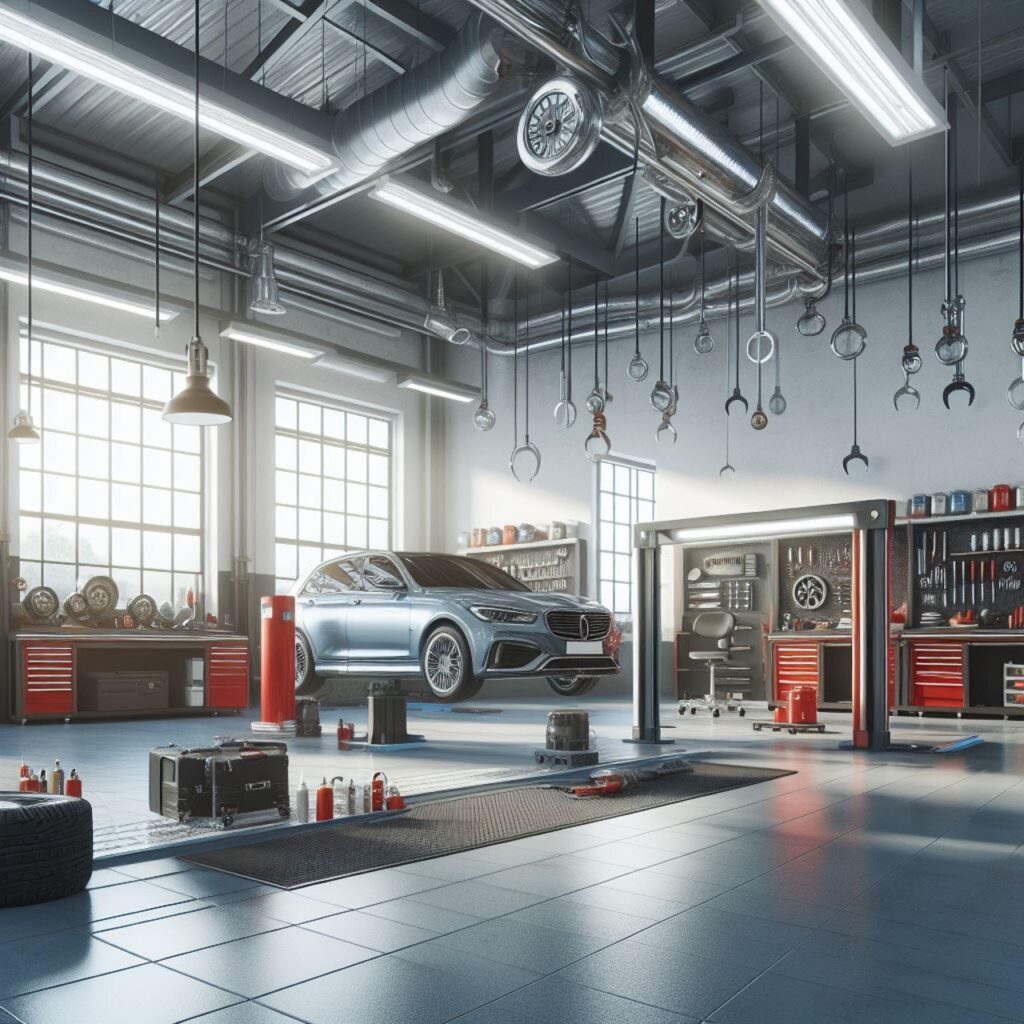
4. **Leverage Parking Decks for Multi-Layered Defense**In urban environments or while traveling, parking decks, also known as multi-story parking garages, offer an excellent and often overlooked option for hail protection. These structures provide comprehensive overhead coverage, shielding your vehicle from direct hail impact as effectively as a home garage. Many parking decks are built with robust concrete structures, offering an incredibly secure environment during severe weather. They are particularly useful during your commute or while you’re out in a city when other covered options might be scarce.
The benefit of parking decks extends beyond simple overhead protection; many offer underground levels, providing an even greater degree of isolation from the elements. If a severe hailstorm is predicted, diverting your route slightly to park in a multi-story deck can be a highly strategic move. Planning ahead by checking weather alerts allows you to proactively find and utilize these structures, ensuring your car is tucked away safely before the storm even begins.
Utilizing parking decks is a smart defensive strategy, especially for those who frequently navigate areas where open-air parking is the norm. It mitigates the risk of extensive hail damage by placing your vehicle in a fortified environment. Remember to note the location of such structures in areas you frequent, making it easier to execute this protection strategy when time is of the essence and the sky threatens to unleash its icy fury.
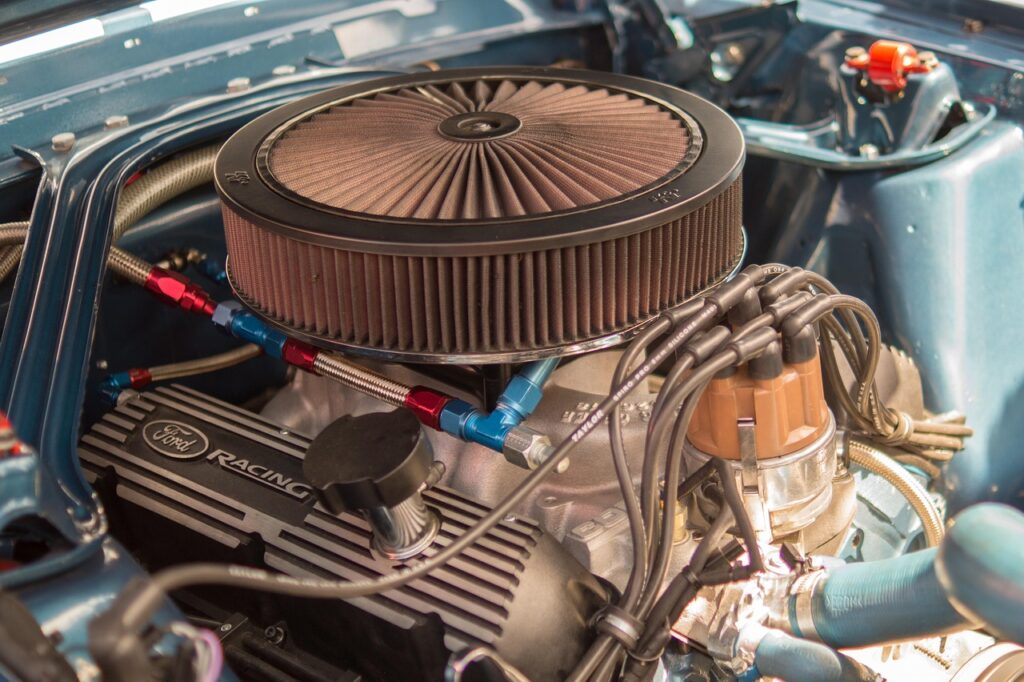
5. **Find Shelter Under Bridges During Sudden Downpours**When a hailstorm strikes suddenly while you’re on the road, particularly on highways or rural routes, finding immediate, substantial shelter can be challenging. In these moments, pulling your vehicle under a bridge can provide a critical, albeit temporary, refuge. Bridges offer instant overhead protection, blocking the direct vertical fall of hailstones and significantly reducing the impact on your car’s roof, hood, and windshield. This is a tactic for when you are truly caught by surprise with no other options immediately available.
However, this strategy comes with important caveats. Safety should always be your utmost priority. When pulling over under a bridge, ensure you do so legally and safely, ideally in a designated emergency lane or a wide shoulder that doesn’t impede traffic. Visibility can be reduced during storms, and other drivers may not anticipate a stopped vehicle. The temporary nature of this shelter also means you should be prepared to move once the immediate threat passes.
While not an ideal long-term solution, sheltering under a bridge can be a lifesaver for your vehicle during sudden, intense hailstorms when you’re far from any permanent covered parking. It’s a testament to quick thinking and utilizing available infrastructure in an emergency. Always remember to assess the situation for personal safety first, then consider the well-being of your vehicle, making this a last-resort but potentially effective measure.
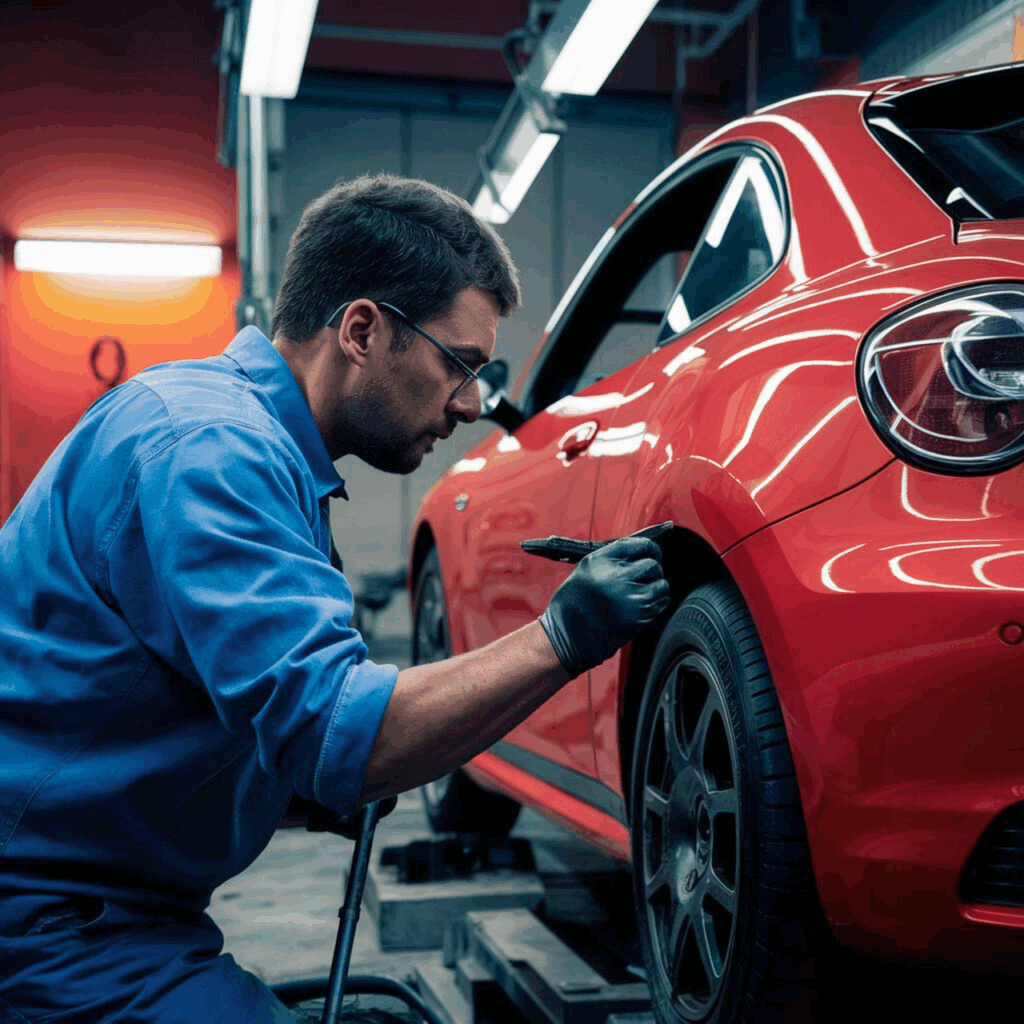
6. **Deploy Moving Blankets or Comforters for Emergency Cushioning**For those times when a garage, carport, or other covered parking is simply not an option, immediate improvisation becomes key. Draping moving blankets or a thick comforter over your car’s most vulnerable areas can offer a surprisingly effective layer of emergency protection. These thick, padded materials are designed to absorb impact, and in the context of a hailstorm, they can significantly soften the pummeling of hailstones, thereby reducing the severity of dents and dings.
The focus should be on covering the roof, windshield, and hood, as these are typically the areas most exposed and susceptible to direct hail impact. While this technique isn’t foolproof, it provides a crucial buffer that prevents direct contact between the ice and your car’s surfaces. The thickness of the material is paramount; thinner blankets or sheets will offer minimal protection, so opt for the densest options you have readily available.
Securing these blankets effectively without causing additional damage (like using duct tape, which can peel paint) is vital. A clever way to hold them in place is to tuck the edges into the door seams, under the hood, and inside the trunk lid, then close them tightly. This method helps to anchor the blankets against wind and the force of the hail itself. This simple, inexpensive, and readily available DIY solution can be a game-changer when you need to protect your car in a pinch.
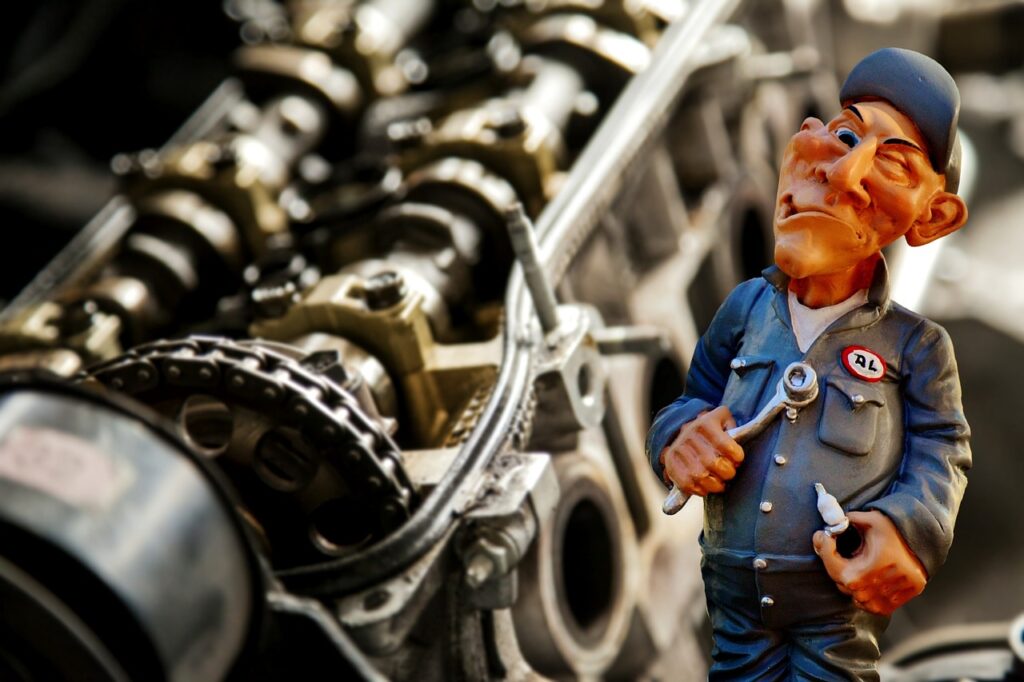
7. **Repurpose Car Floor Mats for Targeted Hail Defense**Continuing with the theme of ingenious, last-minute DIY protection, your car’s own floor mats can serve as an unexpected but sturdy defense against hail. Made from durable rubber or thick carpet, these mats are designed to withstand daily wear and tear, making them surprisingly effective at deflecting the impact of hailstones. They are particularly useful for targeting smaller, localized areas that might be missed or inadequately covered by larger blankets.
To use them effectively, place your floor mats strategically over the most vulnerable parts of your car, such as the roof, hood, or even the rear window. Their inherent weight and rigidity allow them to stay in place reasonably well, and their material composition helps to dissipate the force of hail impacts. This can prevent individual hailstones from creating deep, isolated dents that are often more noticeable and potentially harder to repair than general surface dimpling.
For enhanced protection, especially during heavier hailstorms, consider layering your floor mats over moving blankets or a comforter. This combination provides a multi-layered barrier, with the blankets offering cushioning and the mats adding a tough, impact-resistant shield. While these improvised methods are not a substitute for a garage or specialized hail cover, they represent resourceful actions you can take when time is short and resources are limited, proving that quick thinking can truly save your vehicle from significant damage.
8. **Monitor Weather Alerts with Precision**In our increasingly unpredictable climate, advanced weather preparedness is no longer a luxury but a crucial necessity for every car owner. Subscribing to various weather service and hyperlocal apps is a proactive strategy that offers push alerts for storm warnings, providing you with critical lead time to enact effective protective measures for your vehicle. These modern tools empower you with real-time information, transforming passive waiting into active, informed prevention, making you a step ahead of the storm.
Trusted weather apps, for instance, provide detailed forecasts, including specific hail predictions, allowing you to understand the potential severity and timing of impending storms. Making a habit of checking these apps daily becomes a vital routine, enabling you to plan your parking strategies well in advance. This foresight means you can confidently move your car to a safer, covered location before the first hailstones even begin to fall, eliminating any frantic last-minute scramble and potential oversight.
Beyond mobile applications, paying close attention to broader weather alerts disseminated through television and radio remains an essential component of your preparedness. These alerts serve as critical warnings, informing you precisely when hail is imminent in your area. Fully comprehending these notifications ensures you can quickly assess the threat level and take decisive action, whether it’s moving your vehicle to a protected area or deploying emergency covers to minimize any potential damage.
Read more about: Collision Control Mastery: The 12 Absolute Best Cars for Drivers Who Need an Extra Helping Hand

9. **Invest in a Dedicated Hail Protection Car Cover**When a fully enclosed garage or a covered parking spot isn’t a viable option, a specialized hail protection car cover emerges as an invaluable investment. These covers are specifically engineered to shield your vehicle more effectively than any improvised methods, providing a robust and durable barrier against harsh weather elements. Unlike standard car covers, these heavy-duty solutions incorporate thicker, padded materials designed to absorb and dissipate the impact of hailstones, acting as a formidable defense against dents and chipped paint.
Selecting the right hail cover is paramount to ensuring optimal protection. It is crucial to choose a cover that offers a snug, custom-like fit that encompasses your entire vehicle, leaving no vulnerable areas exposed to direct hail impact. Look for covers constructed from thick, multi-layered materials that are not only water-resistant to combat accompanying rain but also breathable to prevent moisture build-up and the potential for rust underneath. Many reputable brands also integrate UV protection, adding another layer of defense against sun damage and prolonging your car’s exterior life.
Proper installation is key to maximizing the effectiveness of your hail protection cover. It is always easier and safer to put the cover on before a storm hits, ideally in calm weather, to ensure it is correctly positioned and secured. Secure the cover tightly using its integrated straps or clips to prevent it from flying off in strong winds, which often accompany hailstorms and can render a loose cover useless. Regularly inspect your cover for any tears or holes, repairing them promptly to maintain its integrity and ensure continuous, reliable protection for your car.
Read more about: The Pinnacle of Performance: 9 Defining Pickups That Offer Unrivaled Enjoyment and Utility
10. **Explore Inflatable Hail Protectors for Ultimate Shielding**For car owners seeking the highest possible level of non-permanent hail defense, inflatable hail protectors represent a cutting-edge solution capable of transforming your car into a cushioned fortress. These advanced systems, sometimes marketed as mobile car tents or under brand names like the Hail Protector System, feature air-filled shields that create a robust, resilient barrier around your vehicle. When fully inflated, they act like a massive, protective cushion, exceptionally effective at resisting and absorbing the impact of even large, golf ball-sized hailstones.
The distinct advantage of an inflatable shield lies in its comprehensive, all-around coverage and its superior impact absorption capabilities. They are meticulously designed to encapsulate your vehicle fully, creating a significant air gap between the outer shell of the protector and your car’s delicate surface. This critical air layer dramatically reduces the force transferred from falling hailstones, making these protectors exceptionally effective against severe hailstorms that might easily overwhelm other, less robust protective measures.
While these specialized tools typically involve a higher initial investment compared to traditional car covers, their unparalleled protection can prevent thousands of dollars in hail damage repairs, making them a profoundly worthwhile consideration for car owners residing in hail-prone regions. They are engineered for ease of use, relatively simple to set up, and inflate quickly, ensuring you can deploy them efficiently when storm warnings are issued. Proper setup and securing the shield tightly are absolutely crucial for optimal performance, guaranteeing it remains steadfast and protective even against the strongest accompanying winds.

11. **Consider a Portable Car Tent for On-the-Go Protection**Beyond the high-tech inflatable systems, a distinct category of portable car tents offers another highly versatile option for hail protection, proving particularly beneficial for individuals who frequently park outdoors or require temporary, deployable shelter away from their primary residence. These ingenious structures provide a dedicated overhead barrier, functioning much like a personal, pop-up carport that can be deployed as needed. They represent an excellent investment, even if your home offers covered parking, as hailstorms are unpredictable and can strike anywhere, anytime.
Portable car tents are thoughtfully designed for ease of assembly and high portability, often collapsing into a compact form that can be conveniently stored in your trunk or garage. This “mobile car tent” concept ensures you always have a robust defense mechanism readily at hand, no matter where your travels take you. When a storm threatens, you can quickly erect the tent, positioning your vehicle underneath to provide immediate, reliable protection against direct hail impact to crucial areas like the roof and hood.
While offering substantial overhead coverage, it is vitally important to choose a model with a sturdy, resilient frame and durable canopy materials that are capable of withstanding strong winds and the potential weight of accumulated hail or rain. These tents provide a significant advantage over simple blankets or improvised covers by creating a more rigid, freestanding shelter that offers consistent protection. They represent a smart, proactive choice for drivers who prioritize adaptable, heavy-duty protection against the unpredictable and often destructive nature of hailstorms.
Read more about: The 10 Best In-Car Air Purifiers of 2025: A Wirecutter-Style Ranking by Filtration Effectiveness
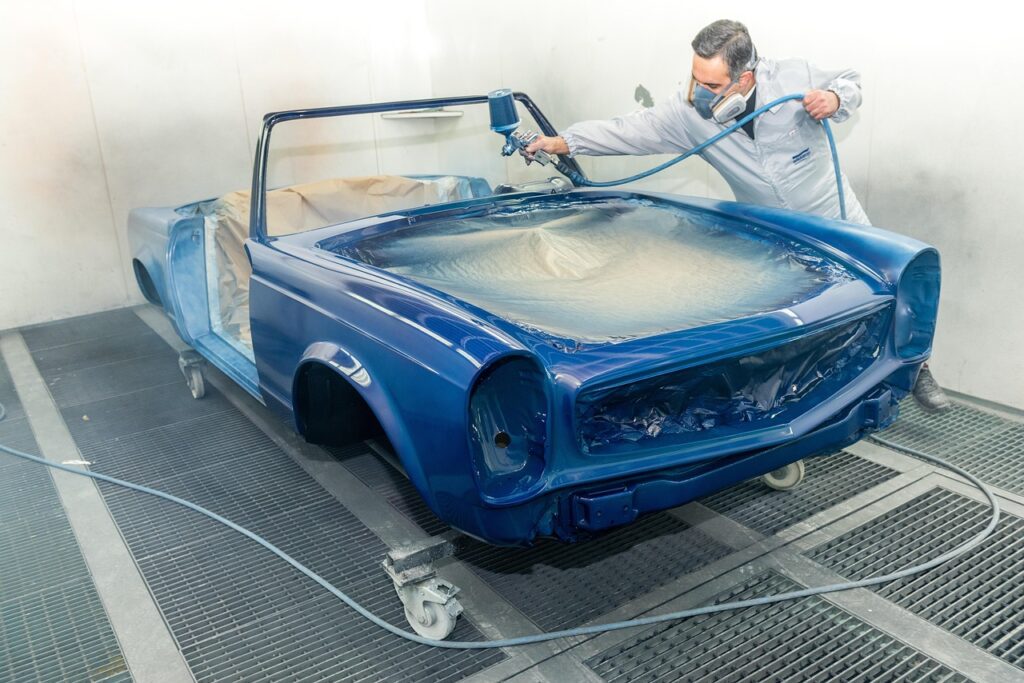
12. **Apply Hail-Resistant Windshield Film**The windshield and other glass components are consistently among the most vulnerable and, consequently, expensive parts of a vehicle to repair following hail damage. While comprehensive car covers provide protection for the entire vehicle body, a targeted solution like hail-resistant windshield film offers a specialized layer of defense specifically for this critical area. This protective film adheres directly to the glass surface, significantly reinforcing it against impacts from hailstones.
The primary and most compelling benefit of applying such a film is its remarkable ability to reduce the risk of your windshield cracking or even shattering entirely during a hailstorm. When hailstones strike the glass, the specialized film actively helps to absorb and effectively distribute the impact force across a wider area, preventing the localized stress concentrations that typically lead to fractures and extensive damage. This can transform a potentially costly windshield replacement into a minor repair, or even prevent any visible damage whatsoever, saving both valuable time and money.
While not intended as a complete, all-encompassing solution for the entire vehicle, windshield film is an excellent supplementary measure, especially crucial for car owners in areas particularly prone to larger hail. It is also highly recommended for vehicles equipped with panoramic glass roofs, which are inherently more susceptible to damage and exceptionally expensive to replace. This discreet yet remarkably effective layer of protection works silently to fortify your car’s glass integrity against the sudden and often violent assault of icy projectiles.
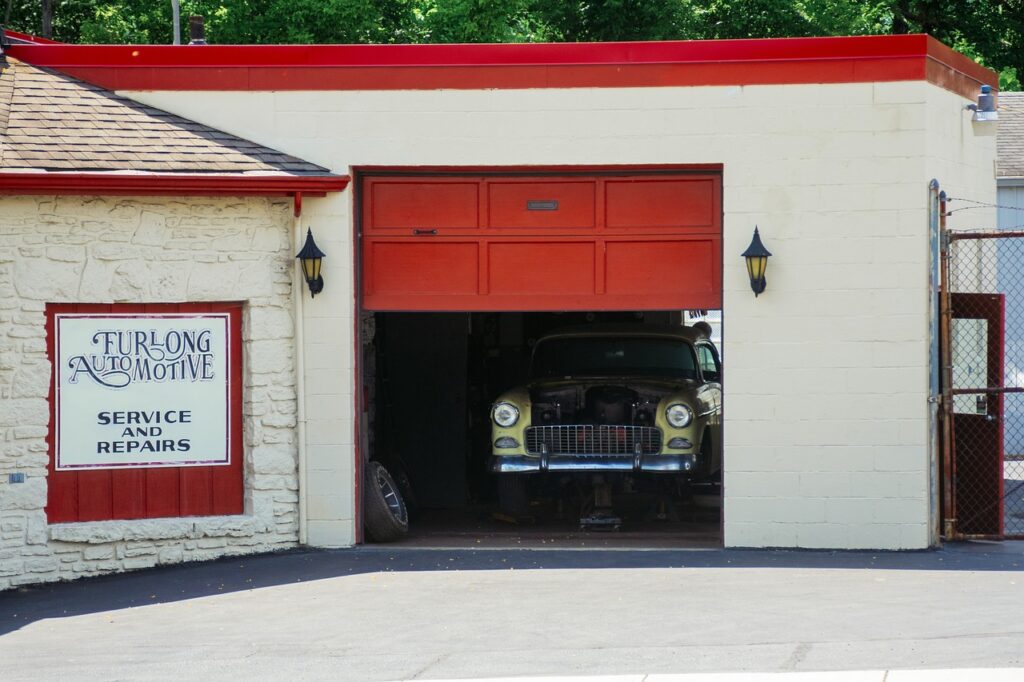
13. **Strategically Park Near Buildings for Partial Shelter**When immediate access to robust overhead structures is simply unavailable and a hailstorm is approaching with precipitation falling at an angle, strategic outdoor parking can offer a crucial, albeit partial, defense for your vehicle. Positioning your car closely against a large building, particularly on the side opposite the incoming hail, can provide significant, last-minute shelter. The building effectively acts as a substantial physical barrier, blocking the horizontal trajectory of wind-driven hailstones and reducing direct impact on your car’s side panels, and often providing some partial protection to the roof and hood as well.
This intelligent parking technique is most effective when the hail is driven by strong winds from a specific direction, causing it to fall at an angle rather than straight down. By placing your car tight against a building on the leeward side—that is, the side sheltered from the wind—you effectively create a protective shadow zone. This strategic placement can significantly mitigate damage to one side of the vehicle, which might otherwise be heavily impacted if left in an open, fully exposed area.
While this method does not offer the complete, all-around protection of a fully enclosed garage, it cleverly leverages existing urban or architectural infrastructure to your advantage during sudden, unexpected storms. It’s a smart, reactive strategy that requires keen observation of wind direction and hail trajectory. Always remember to park legally and safely, ensuring you don’t block essential access or create a hazard for other vehicles or pedestrians, making this a practical last-minute defense when conventional covered parking options are out of reach.
Read more about: Decoding the USA: An Engineering Perspective on America’s Foundational Systems
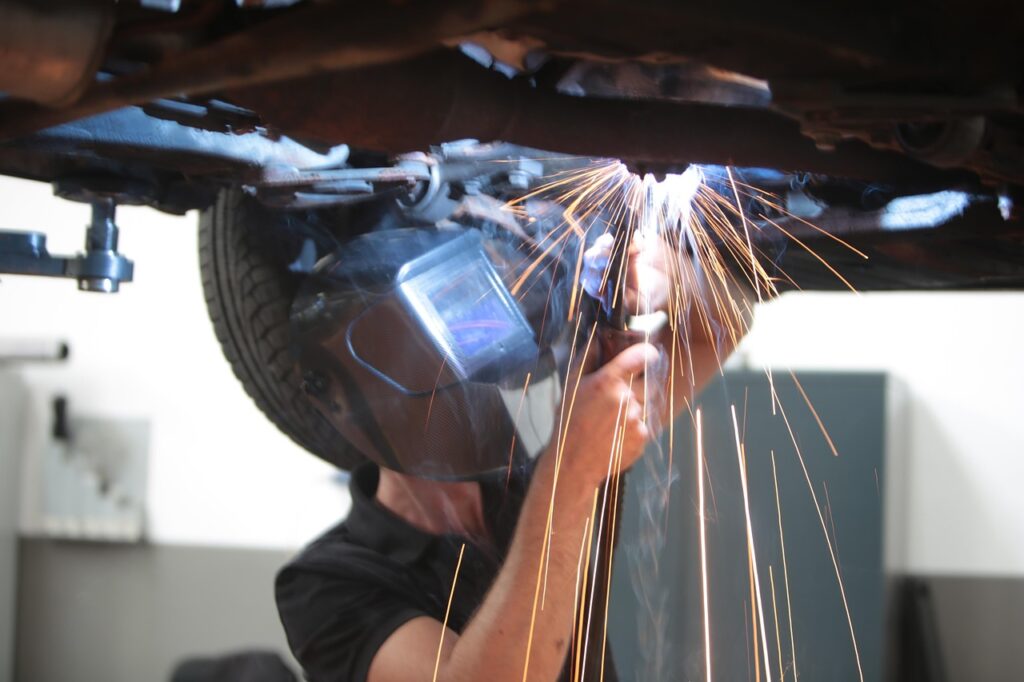
14. **Utilize Collapsed Cardboard Boxes for Added Buffering**Building upon the effective concept of improvised cushioning, collapsed corrugated cardboard boxes offer another resourceful layer of emergency protection that can be surprisingly effective against hail. While they might appear rudimentary compared to specialized products, their multi-layered, air-pocketed structure provides a measurable degree of impact absorption, essentially acting as a buffer between falling hailstones and your car’s delicate exterior surfaces.
To use them effectively, simply place these flattened boxes over the most vulnerable areas of your vehicle, similar to how you would deploy emergency blankets: across the roof, hood, and rear window. The inherent rigidity of cardboard, even when it becomes wet during a storm, can help distribute the impact force of individual hailstones more evenly, preventing them from creating sharp, localized dents that are often difficult and costly to repair. They are particularly useful when layered over moving blankets or in conjunction with rubber floor mats, creating a multi-faceted and enhanced defense system.
While offering what the context describes as “minimal relief” compared to purpose-built, specialized products, the deployment of cardboard boxes can crucially prevent direct impact, which is often sufficient to significantly reduce the severity of damage from smaller hailstones. They are readily available in most households, inexpensive, and can be quickly deployed when a sudden storm hits. This ingenious, low-cost solution brilliantly highlights how everyday items can be repurposed in a pinch to provide a vital first line of defense for your cherished vehicle.

15. **Understand the Trade-offs of Parking Under Trees**In an urgent scramble for immediate shelter during an unexpected hailstorm, parking under a tree might seem like a natural and readily available instinct. Indeed, a dense tree canopy can offer some immediate, albeit limited, protection by physically slowing the velocity of incoming hailstones. The multitude of leaves and branches can dissipate the energy of falling ice, potentially reducing the impact force on your car’s roof and hood, offering a viable, temporary option if no other covered parking or protective measures are immediately available.
However, it is critically important for every car owner to fully understand the significant trade-offs and inherent risks associated with this particular strategy. While trees might offer a cushion against hail, they simultaneously introduce a new and potentially greater set of dangers. During severe hailstorms, strong winds are an incredibly common occurrence, and these powerful gusts can cause branches, even seemingly sturdy ones, to break off. A falling branch, regardless of its size, can inflict far more severe and localized damage than hailstones alone, including cracked or broken glass and deep, structural dents.
Therefore, while the context acknowledges that a tree can “slow the velocity of the ice and potentially reduce damage,” it also, and more emphatically, advises to “avoid parking under trees” due to the very real risk of falling branches. This presents a critical decision point where personal safety and the potential for greater, more catastrophic damage must be carefully weighed against the minor benefit of hail reduction. This option should be considered only as an absolute last resort, prioritizing other, safer covered shelters whenever possible, and remaining exceptionally vigilant about the tree’s stability throughout the duration of the storm.
Read more about: Your Ultimate Guide to Smooth Sailing: Essential Tips Every First-Time Cruiser Needs to Know Before Embarking
As we’ve explored these 15 practical strategies, one truth shines through with unwavering clarity: protecting your vehicle from the increasing and often devastating threat of hailstorms is entirely within your control. From leveraging everyday technology like weather apps to investing in advanced, specialized covers, each method offers a tangible and actionable way to safeguard your prized possession. The immense peace of mind that comes from knowing you’ve proactively fortified your car against nature’s icy assault is truly priceless. So, gear up, stay informed, and drive confidently, knowing you’ve got the essential knowledge and effective tools to keep your ride pristine and resilient, come what may!


